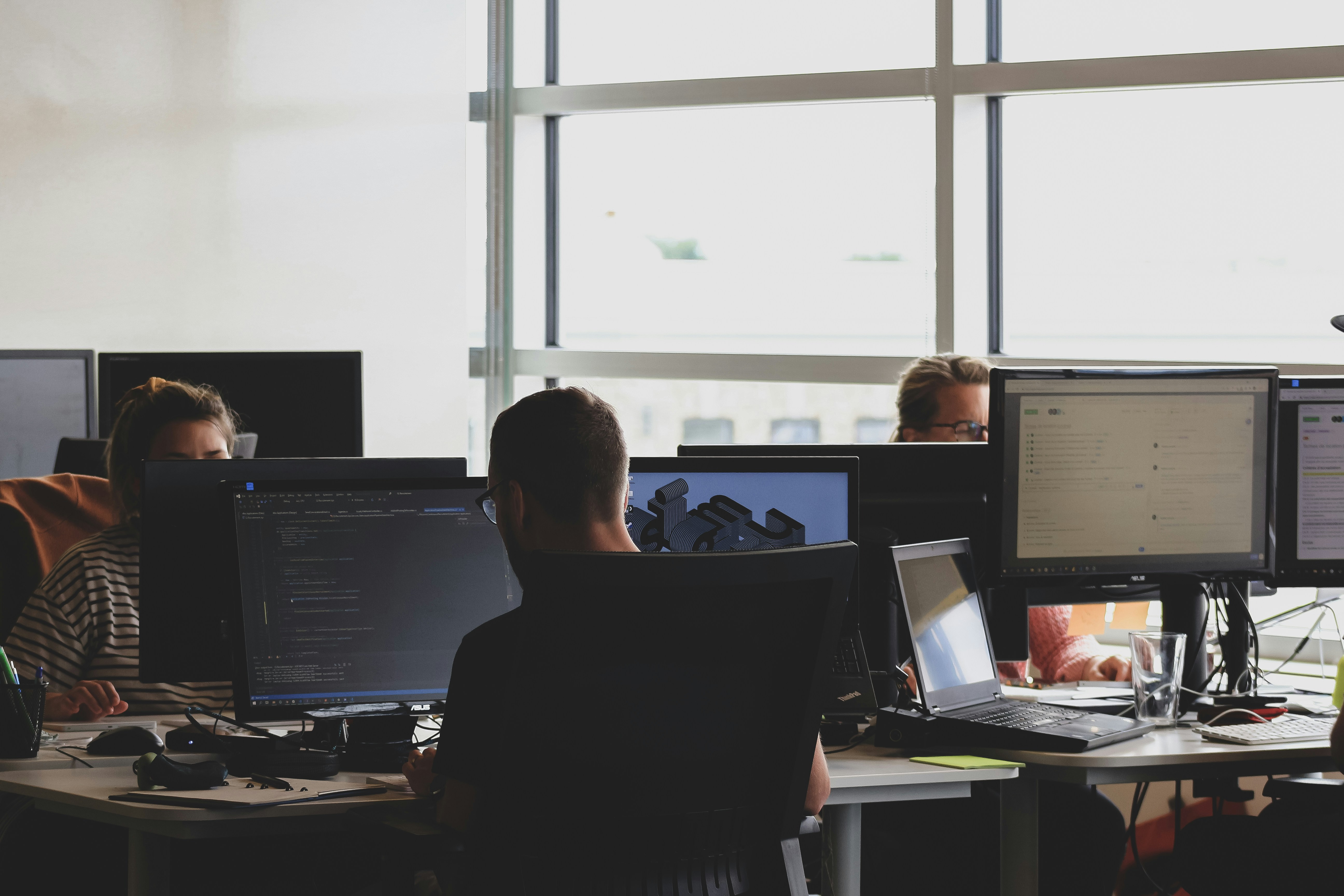Cybersecurity Awareness Month: Building a Cyber Strong Future
 By Jason WolpowOctober 07, 20251 min read
By Jason WolpowOctober 07, 20251 min read

Share
October marks Cybersecurity Awareness Month, a time to recognise the shared responsibility we all have in protecting our digital world. This year’s theme, “Building a Cyber Strong America,” highlights the importance of strengthening the systems and services that sustain our daily lives, from small businesses to global enterprises.
To mark the occasion, we spoke with Jason Wolpow, Divisional Manager, Emerging Technology Recruitment at Lawrence Harvey, to hear his thoughts on the biggest challenges, skill trends, and emerging technologies shaping the cybersecurity landscape today.
1. Why do you think Cybersecurity Awareness Month is important for both businesses and individuals?
Cybersecurity Awareness Month matters because awareness reduces the biggest threat vector, human error. Most breaches don’t come from sophisticated hacks but from small, avoidable mistakes - clicking the wrong link, reusing a weak password, overlooking an update. By making cybersecurity top-of-mind each October, businesses remind their people that security is part of everyone’s role, not just IT. For individuals, it’s a chance to reset habits and remember that digital hygiene at home often directly impacts their workplace as well.
2. What are the biggest cybersecurity challenges you see organisations facing right now?
One of the biggest challenges is human risk, and not in the sense of malicious insiders, but everyday employees making accidental errors. Whether it’s sending data to the wrong recipient, failing to spot a phishing email, or misconfiguring a cloud setting, small oversights can create huge vulnerabilities. Add in the complexity of hybrid work, the speed of SaaS adoption, and pressure to innovate quickly, and organizations are constantly fighting to keep security aligned with business growth.
3. In your experience, what skills are most in demand in the cybersecurity space today?
It’s a nuanced question, but probably cloud security. As more organizations move workloads to AWS, Azure, and GCP, the ability to secure complex, distributed environments is in extremely high demand. It’s not just about configuring tools but also it’s about understanding identity and access management, monitoring cloud-native infrastructure, and embedding security into the way cloud systems are designed and operated. Professionals who can combine that technical depth with the ability to communicate risk to business leaders are especially valuable.
4. How can small and medium businesses strengthen their cyber defences without huge budgets?
The key is reframing security as a business enabler rather than a cost. Too often, SMBs see cybersecurity as an overhead or a hit to profit, when in reality it protects continuity, trust, and reputation, which are the very things that keep a business running. Doing the basics well and investing even modestly in essentials like multifactor authentication, employee training, timely patching, and reliable backups goes a long way. Partnering with managed security providers or using built-in cloud protections can also give smaller companies enterprise-level defenses without enterprise-level spend.
5. Looking ahead, how do you see AI shaping the future of cybersecurity in the next few years?
AI is already reshaping the landscape on both sides of the fight. Adversaries are beginning to weaponize AI to launch more targeted, scalable, and convincing attacks. That makes it even more important for defenders to harness AI for the good side, to accelerate detection, reduce false positives, anticipate attack patterns, and strengthen response times. The next few years will see an arms race where AI plays a central role. The organizations that adopt it responsibly, with human oversight, will gain a decisive advantage in resilience.
Enjoy more articles

Looking for your next role in technology?
We’ve been helping clients achieve the results they need for over 20 years. In that time, we’ve refined ou. We’ve been helping clients achieve the results they need for over 20 years. In that time, we’ve.



